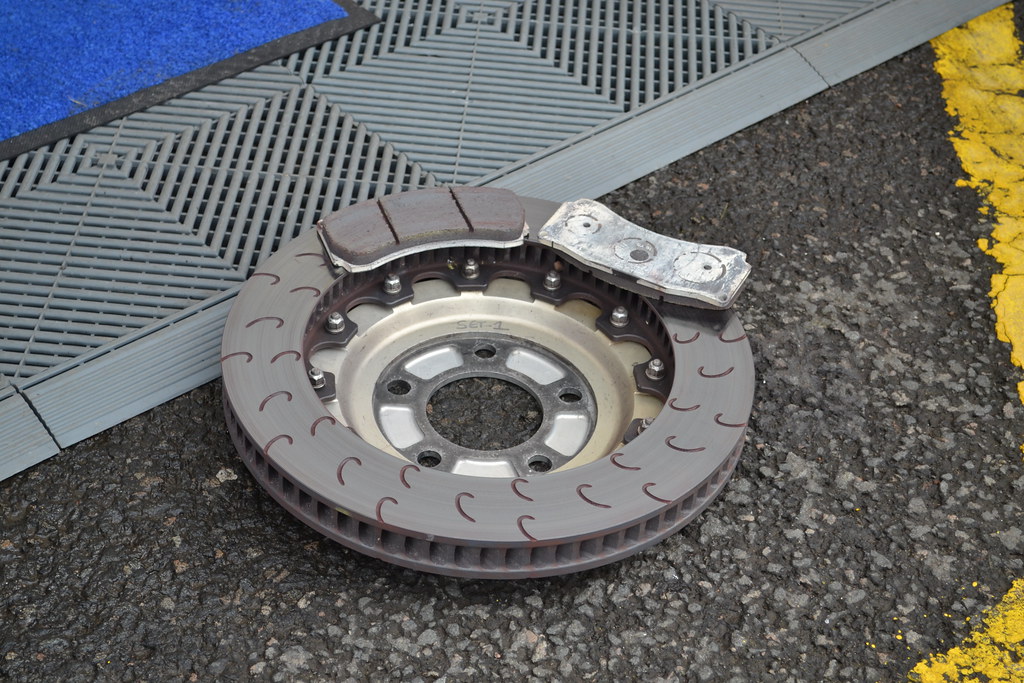When it comes to maintaining and troubleshooting your car’s brakes, knowing how to bleed ABS module without scan tool is crucial. Air bubbles in the brake lines can affect brake performance, causing spongy pedals and compromised braking. In this guide, we’ll cover the essentials for beginners and enthusiasts who want to diagnose, troubleshoot, and fix ABS module issues, ensuring optimal brake functionality.
Understanding ABS (Anti-Lock Brakes)
- ABS (Anti-Lock Braking System): An overview of the safety feature that prevents wheel lock-up during emergency braking.
- Components of ABS: Speed sensors, valves, pump, and controller – their roles in the system.
Common Symptoms of a Bad ABS Module
- ABS Light is Turned On: Indicating a malfunction in the ABS system.
- Unresponsive Brake Pedal: Signs of a failing ABS module.
- Increased Effort on the Brake Pedal: Difficulty in generating braking force.
- Brake Squeaking or Clicking Noises: Erratic ABS system causing brakes to lock up.
Causes and Diagnosis
- Identifying the Causes: Faulty ABS module, damaged brake lines, low fluid level, worn-out brake pads, etc.
- Troubleshooting: Checking brake fluid level, inspecting brake lines, and considering a scan tool for ABS diagnostics.
DIY Repairs and Estimated Costs
- DIY Fixes: Replenishing brake fluid, replacing worn-out brake pads, inspecting brake lines, and addressing ABS module faults.
- Estimated Repair/Replacement Costs: ABS module, brake pads, brake lines, and brake master cylinder.
Brake Bleeding Sequence
- Importance of Brake Bleeding: Removing air bubbles for optimal brake performance.
- Preparations: Tools and materials needed.
- Steps to Bleed the Brakes: Raising the vehicle, locating bleeder valves, attaching a tube, opening valves, pressing the brake pedal, repeating the process, and checking the fluid.
- Post-Bleeding Steps: Refilling brake fluid reservoir and testing brakes.
Conclusion:
Maintaining and troubleshooting your car’s brakes is essential for a safe driving experience. By understanding the symptoms of a bad ABS module, diagnosing the causes, and learning how to bleed the brakes and ABS module without a scan tool, you can ensure optimal brake functionality. Remember, if you’re uncertain or uncomfortable with DIY repairs, it’s always best to seek professional assistance for your vehicle’s safety.

